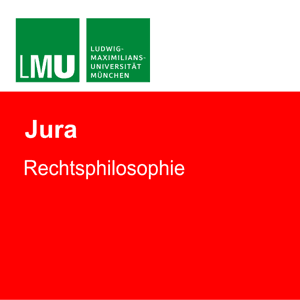Knowledge Discovery in Databases (KDD) is the non-trivial process of identifying valid, novel, useful and ultimately understandable patterns in data. The core step of the KDD process is the application of Data Mining (DM) algorithms to efficiently find interesting patterns in large databases. This thesis concerns itself with three inter-related themes: Generalised interaction and rule mining; the incorporation of statistics into novel data mining approaches; and probabilistic frequent pattern mining in uncertain databases.
An interaction describes an effect that variables have -- or appear to have -- on each other. Interaction mining is the process of mining structures on variables describing their interaction patterns -- usually represented as sets, graphs or rules. Interactions may be complex, represent both positive and negative relationships, and the presence of interactions can influence another interaction or variable in interesting ways. Finding interactions is useful in domains ranging from social network analysis, marketing, the sciences, e-commerce, to statistics and finance. Many data mining tasks may be considered as mining interactions, such as clustering; frequent itemset mining; association rule mining; classification rules; graph mining; flock mining; etc. Interaction mining problems can have very different semantics, pattern definitions, interestingness measures and data types. Solving a wide range of interaction mining problems at the abstract level, and doing so efficiently -- ideally more efficiently than with specialised approaches, is a challenging problem.
This thesis introduces and solves the Generalised Interaction Mining (GIM) and Generalised Rule Mining (GRM) problems. GIM and GRM use an efficient and intuitive computational model based purely on vector valued functions. The semantics of the interactions, their interestingness measures and the type of data considered are flexible components of vectorised frameworks. By separating the semantics of a problem from the algorithm used to mine it, the frameworks allow both to vary independently of each other. This makes it easier to develop new methods by focusing purely on a problem's semantics and removing the burden of designing an efficient algorithm. By encoding interactions as vectors in the space (or a sub-space) of samples, they provide an intuitive geometric interpretation that inspires novel methods. By operating in time linear in the number of interesting interactions that need to be examined, the GIM and GRM algorithms are optimal. The use of GRM or GIM provides efficient solutions to a range of problems in this thesis, including graph mining, counting based methods, itemset mining, clique mining, a clustering problem, complex pattern mining, negative pattern mining, solving an optimisation problem, spatial data mining, probabilistic itemset mining, probabilistic association rule mining, feature selection and generation, classification and multiplication rule mining.
Data mining is a hypothesis generating endeavour, examining large databases for patterns suggesting novel and useful knowledge to the user. Since the database is a sample, the patterns found should describe hypotheses about the underlying process generating the data. In searching for these patterns, a DM algorithm makes additional hypothesis when it prunes the search space. Natural questions to ask then, are: "Does the algorithm find patterns that are statistically significant?" and "Did the algorithm make significant decisions during its search?". Such questions address the quality of patterns found though data mining and the confidence that a user can have in utilising them. Finally, statistics has a range of useful tools and measures that are applicable in data mining. In this context, this thesis incorporates statistical techniques -- in particular, non-parametric significance tests and correlation -- directly into novel data mining approaches. This idea is appl































